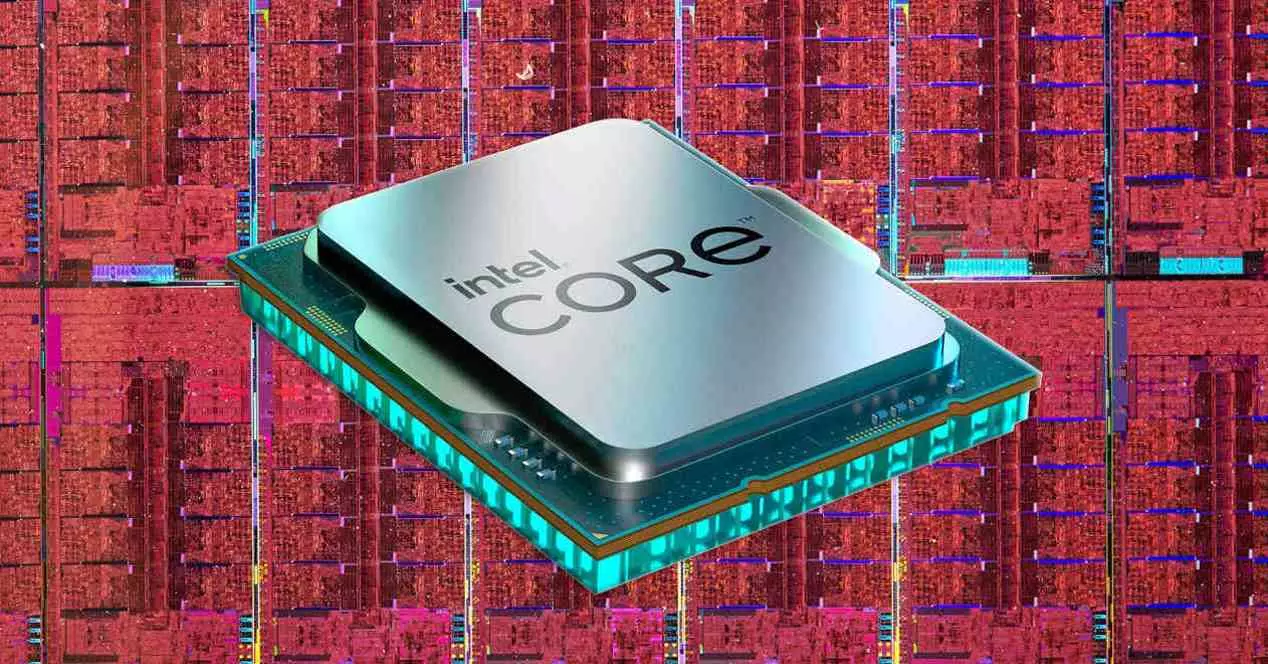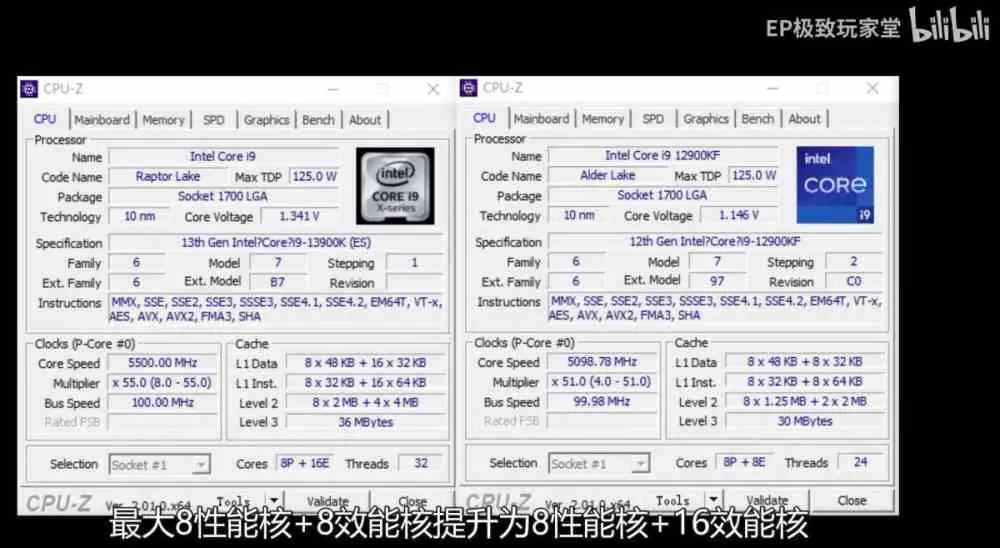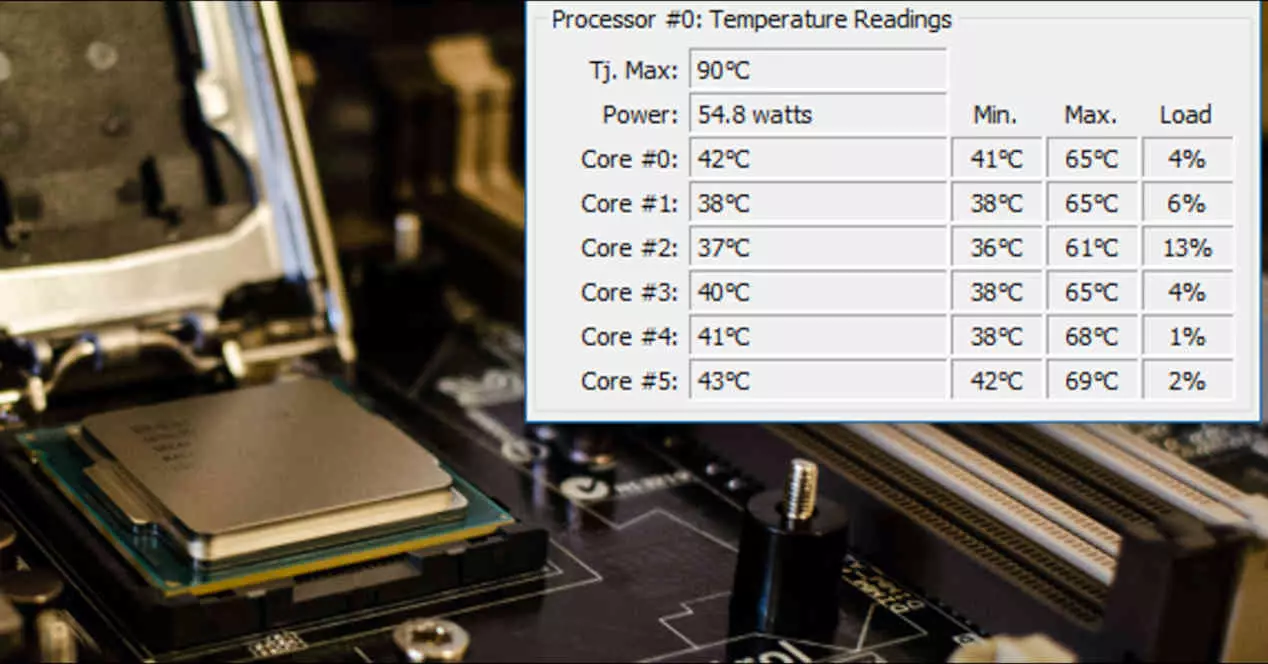
They still create a few months until we have the i9-13900K, however, the processor has been finished for some time and there are already Intel partners with the engineering and even quality samples. That is, those that are usually close to the final product and, therefore, allow us to know what the leap is from the previous generation to the current one. And this is important due to the fact that while Alder Lake was a huge leap in terms of architecture. At the level that we had not seen one like it for more than a decade, in the case of Raptor Lake it is different, since it is a smaller jump.
What do we know new about Intel’s i9-13900K processor?
Through user testing of an engineering sample of the i9-13900K we have been able to learn some additional previously unknown details about what will be Intel’s flagship for several months. It is in turn the company’s latest CPU to be built under the same chip and is generally considered an improved version of its predecessor with two important changes:
- Support for LPDDR5X memorywhich is something that we will see in its version for portable.
- The addition of 8 new E-Core cores inside the chip.
- Use of the same socket LGA1700.
- memory support DDR5-5600.
In the image where it is compared with an i9-12900KF you can see how the TDP of the processor does not seem to have changed, however, it should be higher, since there is no improvement in the manufacturing process, we have E-type cores New cores and the system reaches 5.5 GHz clock speed. Track? A voltage of 1,341 V against the 1,146 V of the i9-12900KF.
What does everything tell us? In PL1 mode, which is the consumption mode that is designed for the processor to work 100% of the time, not counting the punctual and short rises in time through PL2. Then the processor will be at 125 W, as in the current generation, but it will be at those times when the processor takes the turbo that will be placed much higher than the current ones. Let’s not forget that the i9-12900KF has a TDP of 228 W in PL2 mode, so this i9-13900K should reach a much higher figure and even above 250 W.
What is the performance of the i9-13900K?
Both processors have been put to the test, specifically using an ASUS ROG Z690 Extreme as a motherboard, DDR5-6400 memory, a GeForce RTX 3060 Ti as a graphics card, a 1500W power supply and a 360 AIO liquid cooling radiator. Thermalright length mm.
Well, as you can see in the graph above and through the tests in CPU-Z and Cinebench R23, you can see what level of improvement the thirteenth generation of Intel is compared to the current one. If we focus on the performance with a single core and that measures, therefore, that of the P-Cores, we will see that it is 10% higher. Just the difference in clock speed, so our deduction is that there has been no improvement in this aspect. On the other hand, we can see them in the multithreaded code thanks to the addition of the 8 additional E-Cores, where CPU-Z marks an additional 46.34% Y Cinebench R23 40.25% compared to the i9-12900KF.
More than 400 W of consumption?
Among all the information on the i9-13900K, the one that surely many of you will have put your hands on your head is what you see in the following image and that corresponds to the i9-13900K, at least in the engineering tests on which they have been done the tests:
As you can see, we are talking about a TDP that exceeds 400 W, which completely exceeds what the 360mm radiator they have used can support. From the outset we tell you to take this information with tweezers, since it is the PL4 mode, which lasts even less than the PL2. In any case, keep in mind that nobody is going to launch a processor that reaches more than 100 ° C.
The catch is that it is a higher clock speed than PL2 mode. They are still microaccelerations and it is a way that is more well thought out to win in benchmarks. As you can see, this produces a thermal drowning and we sincerely do not believe that the final version of the processor will reach these consumptions. Rather, they are stress tests that can be done on an engineering sample and that would not correspond to the final design that we will mount on our computers.





